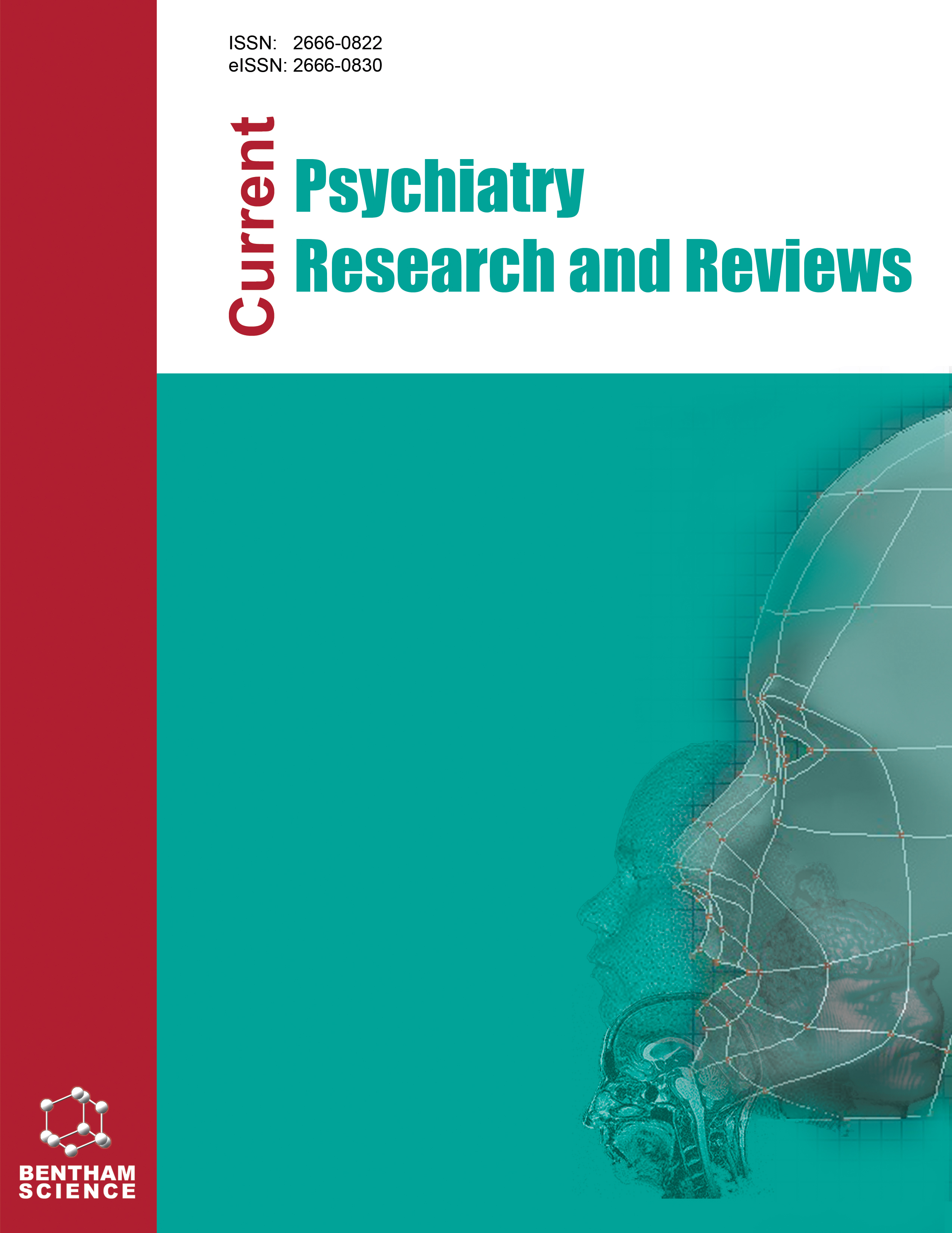
Full text loading...
We use cookies to track usage and preferences.I Understand

Depression is a widespread mental health challenge, necessitating diverse therapeutic approaches. Emerging research suggests that laughter may offer a valuable adjunctive intervention for individuals grappling with depressive symptoms. This review systematically investigates the multifaceted relationship between laughter and depression, elucidating the underlying mechanisms and potential therapeutic benefits. A comprehensive literature search was conducted across multiple electronic databases, including PubMed, PsycINFO, Scopus, and Google Scholar. Keywords used in the search included “laughter therapy,” “humor,” “depression,” “mental health,” and “psychological well-being.” The search was limited to articles published in English and included both peer-reviewed journal articles and relevant gray literature. Relevant data were extracted from each study, including the study design, sample size, participant characteristics, type of laughter intervention, duration and frequency of the intervention, outcome measures, and key findings. The extracted data were organized into tables to facilitate comparison across studies. By synthesizing findings from clinical studies, neuroscience research, and anecdotal evidence, this review examines the physiological, psychological, and social dimensions of laughter's impact on depression. Special attention is given to neurochemical pathways, stress modulation, cognitive restructuring, and social dynamics. The physiological effects of laughter on depression encompass neurochemical regulation (endorphins, serotonin, dopamine), stress reduction, and immune system modulation. Psychologically, laughter contributes to cognitive reframing, enhanced coping mechanisms, and mood regulation. Socially, it strengthens social bonds, mitigates social isolation, and fosters a positive social environment. In conclusion, this review synthesizes current knowledge on the healing potential of laughter in mitigating depression, providing a holistic understanding of its multifaceted impact. The findings underscore the importance of integrating laughter-based interventions into mental health care practices and highlight avenues for future research and clinical applications in the realm of depression treatment.

Article metrics loading...

Full text loading...
References


Data & Media loading...